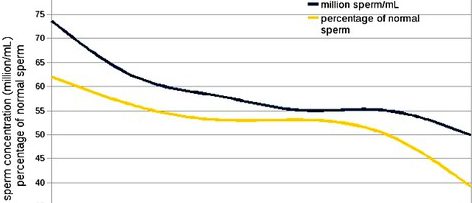Graph on Newspaper – The Economist – September 2nd, 2017; Volume 424; Number 9056; Page 19-20
Short summary
The article talks about:
- how the climate on earth is changing and leading to more natural disasters such as storms, floods, extreme temperatures, droughts and forest fires
- the models used to predict weather may need to be changed. Most are based on the assumption that the recent past is a good guide to the future. This assumption appears to fail now that we’re in the midst of the global warming. The article suggests that extrapolations from tail events have been too conservative. This is an important issue for civil engineers who are at risk at under-designing bridges, roads, dams and buildings.
- The article raises questions about predicting the weather behavior in the future.
- The article mention that in the moment there are more questions raised about how to predict the weather in the future than possible answers.
Reproduction
The Economist – Frequency modulation
‘The likelihood of floods is changing with the climate’
Description of the graph in the article
The graph #2 describes:
- the number of global record-breaking precipitation events, compared to the 15-year moving average
- the chart shows that the earth experienced many more record-breaking rain storms between 1990 and 2010 than each year. It did during 1950 – 1990
- the article uses the graph to illustrate that climate warming is leading to an increase in the number of storms.
Link to the original article



